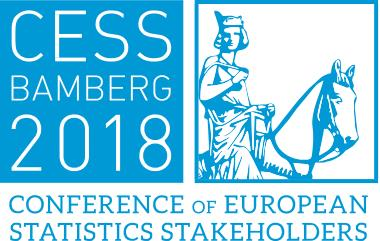Central banks in the European Union are not only power users of statistics, they are also very important producers of European Statistics. Their area of competence and expertise lies predominantly in the field of financial institutions, markets and products. These statistics are not only necessary for decision making but also to explain the decisions taken to the public. Unless these policies can be justified with the underlying data, they will not be understood and the central banks will not achieve the necessary credibility. Thus, the addressees of central bank statistics are not only the direct decision makers within the banks but also the public at large, and all those who are central bank watchers. In a digitalized world, these basic facts do not change. What changes and has to change, are the forms and possibilities how to reach the target audiences. The addressees are increasingly “digital natives” and the messages have to be geared to their ways of modern communication. At the same time, also central banks have to cope with the increasing trend towards “fake news” and other forms of “communication noise”, the rise of sentiment based decisions, and the generally reduced trust in public institutions. In this paper, strategies, possibilities, actual examples as well as the respective challenges of reaching the different audiences for central banks in a digitalized world of communication will be addressed.
15:30 - 16:30
Invited Paper Session
Room: Hegelsaal I
Chair:
Marko Krištof
Organiser/s:
Per Nymand-Andersen, Marko Krištof
This session will address the challenges in reaching out to the professional market segment with easy-to-understand and re-usable statistics in a digital age and, to facilitate work processes of the professional segments. How to ensure that statistics are applied efficiently for evidence-based policymaking with a medium to long term perspective. The digital age has facilitated access to statistics and changed the way in which information is distributed and consumed. In order to maintain their function as impartial and independent public information providers, statistical offices need to adapt to changed circumstances. A call for a coherent and strategic communication plan is needed, as statistical producers need to find a way to communicate their values, in line with their vision, purpose and strategic goals. The session offers the possibility to discuss and formulate a common set of responses to these challenges and provide examples of best practices.
"Nothing is more important for monetary policy than good statistics" - also in a digitalized world
Reference:
Th-IPS04-02
Session:
Strategies for communicating European statistics in a digital age
Presenter/s:
aurel schubert
Presentation type:
Oral presentation
Room:
Hegelsaal I
Chair:
Marko Krištof
Date:
Thursday, 18 October 2018
Time:
15:30 - 16:30
Session times:
15:30 - 16:30
